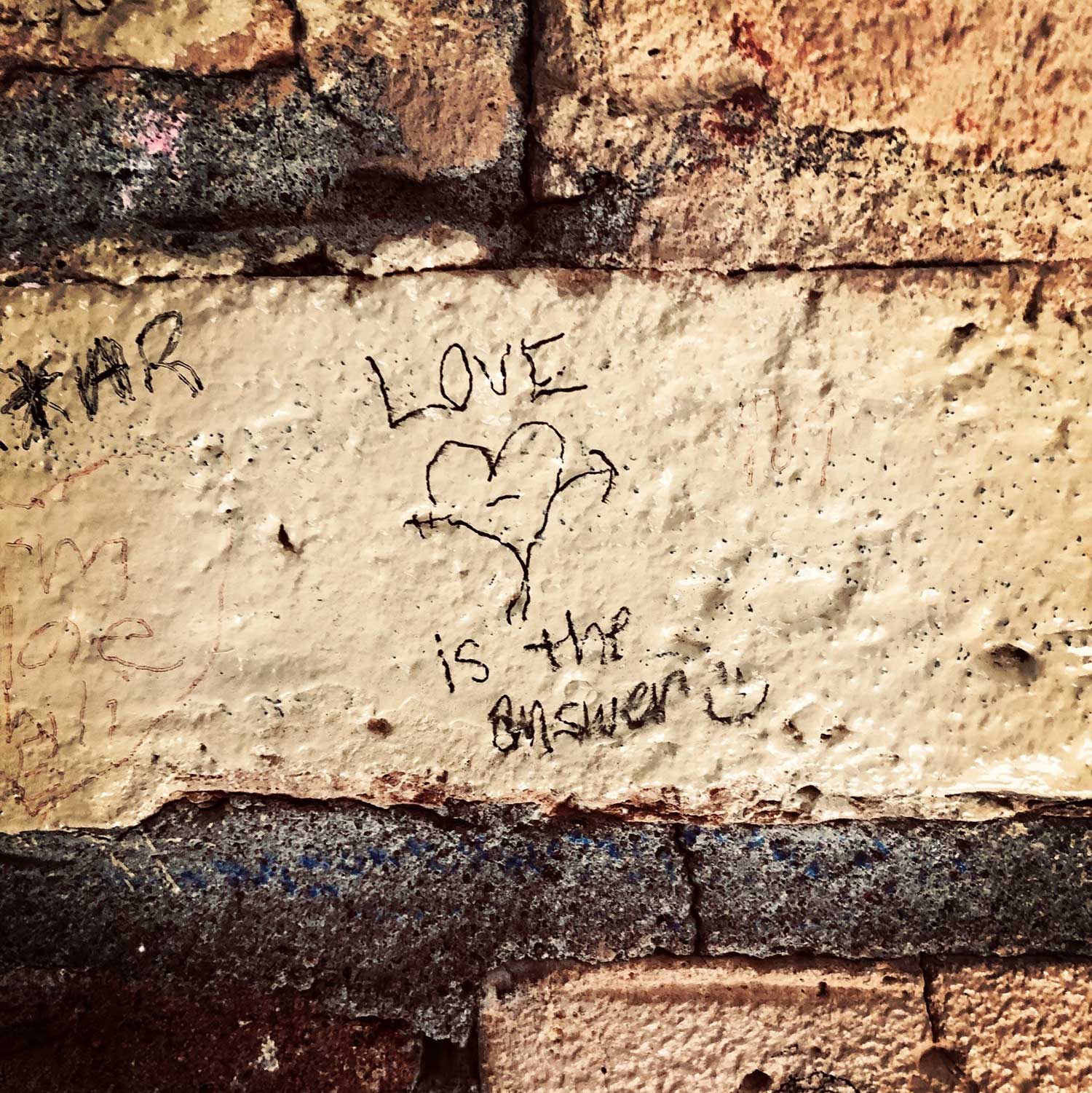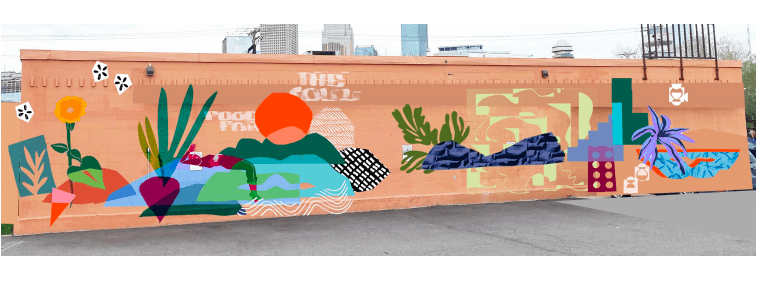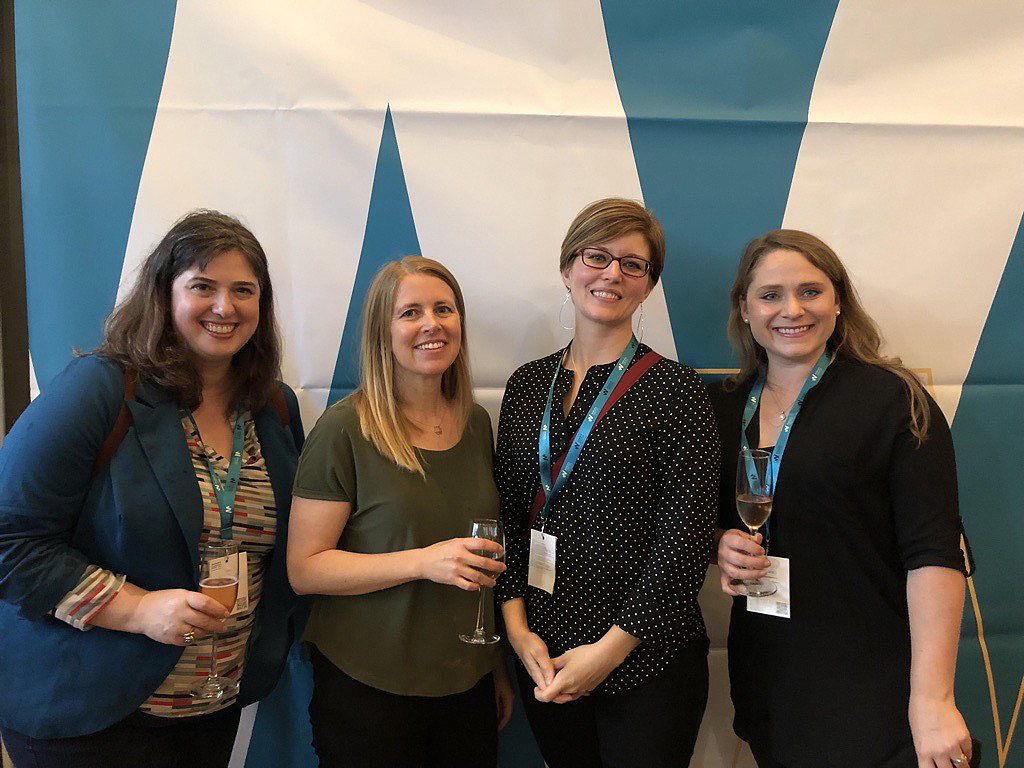Behind the Design: Rebecca Muchow, Architect in Minneapolis
Pull back the curtain and get to know the people behind the design. The solutions we develop for clients and communities are brought to you by passionate individuals devoted to delivering better built environments — places that support healthy, productive, sustainable ways of living.
The first of our #PeoplePassions series features Rebecca Muchow, an architect, mom, runner, equitable design advocate, and proponent of the three “Hs.”
What is your personal design philosophy?
I’ve thought about this a lot. I’m sure I have several poetic iterations out there, but ultimately, what it boils down to is… it’s all about people. Design context matters most when considering people and the experiences they have in the built environment (user, visitor, maintainer) — from the intricate details to the big idea. This requires constant analysis and the ability to shift perspectives as a designer.
What are the biggest influences behind your design philosophy? In other words, why do you do what you do?
I took a photo once of a brick wall in a bathroom stall that had graffiti on it. The hand-written script said, “Love is the answer.” And there was a little smiley face next to it.

Tell us about one of your favorite projects.
I have several. They have a common theme of one or all of the three “Hs” — hugs, hi-fives, and heck-yeahs when we bring a thoughtful solution and fun working experience to our clients. Currently, an example of this would be the Section Foreman House in Wayzata, Minnesota. I keep getting great feedback from the client about how the team is performing, and I know we can deliver this through completion. I would take one of the three Hs over a design award any day.
The Section Foreman House project is part of the Panoway initiative on the Wayzata Bay in Minnesota. It will be a lakefront learning center with indoor and outdoor classroom and community space and will tie into a new Eco Park. The learning center will feature educational programming to learn about early 20th century railroad operations and the influence of the Great Northern Railroad on the geographic, economic, and social development of Wayzata. The purpose of the Eco Park is to restore shoreline marsh and improve water quality while providing STEM-based learning opportunities.

The Section Foreman House project is part of the Panoway initiative on the Wayzata Bay in Minnesota.
Describe an example of when your personal and professional passions have intersected for the greater good or to achieve an aspirational goal.
Early in my career, I started a chapter of Architecture for Humanity with a person I now call a friend. We were thrown together by a former professor after I mentioned how I reached out to a non-profit organization on a whim to offer pro-bono design solutions. That led to three years spent growing a chapter of AFH and lots of projects, including helping with preliminary design solutions and then an RFP for full design services for Fargo’s first ‘wet’ homeless shelter, the Gladys Ray Shelter. Fifteen years later, the shelter needs to grow and will be a key portion of a planned mixed-use, $25-million dollar redevelopment in downtown Fargo. Crazy to think I was one of the people who participated in its inception and development!
You’re engaged in a variety of pro-bono projects in Minneapolis — what are you working on currently?
The Root District is my primary effort. It’s one for the long haul as it relates to the development of a district guide that can be used by independent developers, local owners, and city/county officials. The guide will be a flexible net-zero framework for community members, developers, city and county partners, and policymakers to utilize in decision making related to climate impacts. The goal will be to create an approach to energy and water management, achieve clear and measurable targets on net zero, and develop a plan that will be scalable to infrastructure, master planning, and individual developments of all types.
The backstory: About 1.5 years ago, I attended a presentation given by the Executive Director of the Downtown Minneapolis Neighborhood Association regarding future redevelopment planning of the area west of our Minneapolis office, which he called the Root District. At that time, having recently earned my Living Future Accreditation and in tandem joined the ULI MN Resilient Communities Council, I reached out and conveyed my interest in the project. Soon after, I became involved in their Equity and Climate working groups under the guidance of the NūLoop Partners (a public-private partnership group).
The location: The Root District is immediately west of the Twins Stadium (a LEED building that was an impetus project for major redevelopment in the North Loop about 15-20 years ago). Thirty percent of the land is owned by the city of Minneapolis. Much of it is hard surface with the Minneapolis Farmers Market and a few homeless shelters in the area, along with a district waste-to-energy plant called the HERC.
The idea: The Root District subcommittees gathered about three years ago and developed the following vision and mission.
ROOT DISTRICT VISION
The Root District is a community based on the foundations of racial justice, economic opportunity, and sustainability, which seeks to educate and inspire the city of Minneapolis and beyond.
ROOT DISTRICT MISSION
We seek to empower a diverse group of stakeholders and encourage deep engagement with social and market-driven forces. We aim to achieve more equitable, reparative, and regenerative outcomes for all who live and work here. Connecting people to place and to one another, we nurture cultural and artistic exchange and civic engagement. The Root District is a place for learning, invention, and exploration. The Root District is home.

One of the Minneapolis Farmers Market murals created by artists from Juxtaposition Arts as part of the Root District’s vision to bring vibrancy and attract new potential to the area.
A little more about Rebecca…
With a lifelong curiosity about design, ideation, and creation, Rebecca has 20 years of experience as a project architect with a focus on sustainable design solutions. Her passion is combining client service with simple, elegant, environmentally responsible design. With her project experience and sustainable design knowledge, she’s a key team member for projects across all markets Cushing Terrell serves. Additionally, some of her past work has included historic preservation projects and managing sustainability and LEED certification efforts. Rebecca is passionate about mentoring others, being active in her local architecture community, and advancing diversity, inclusion, and equity in our firm and the larger industry.



